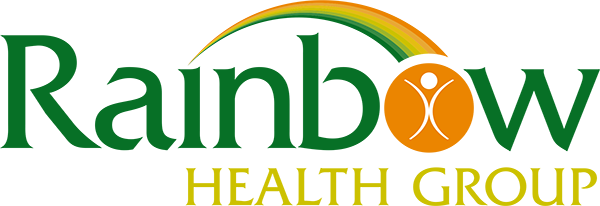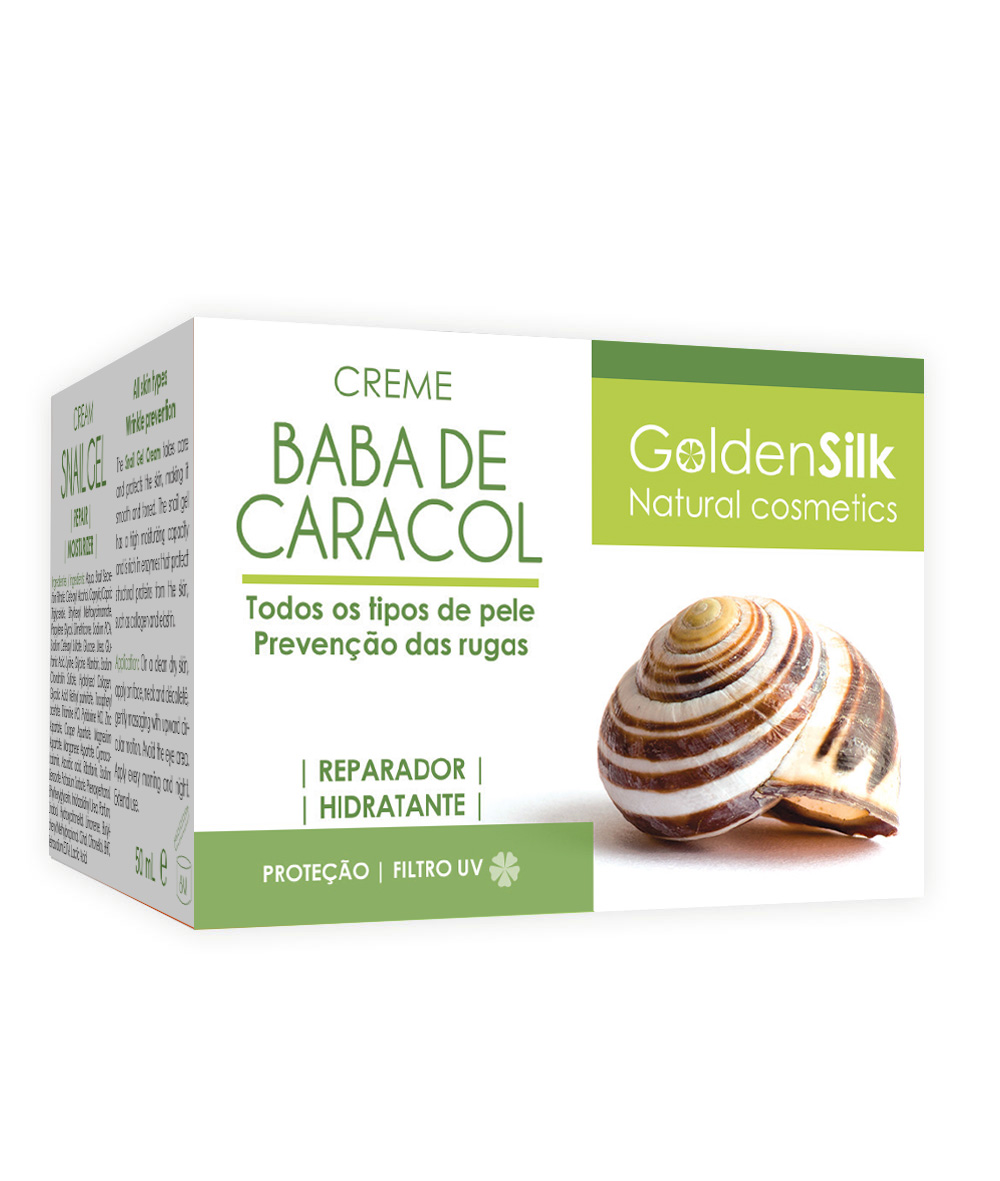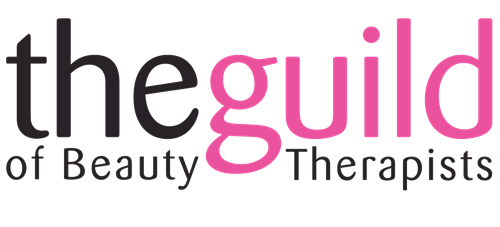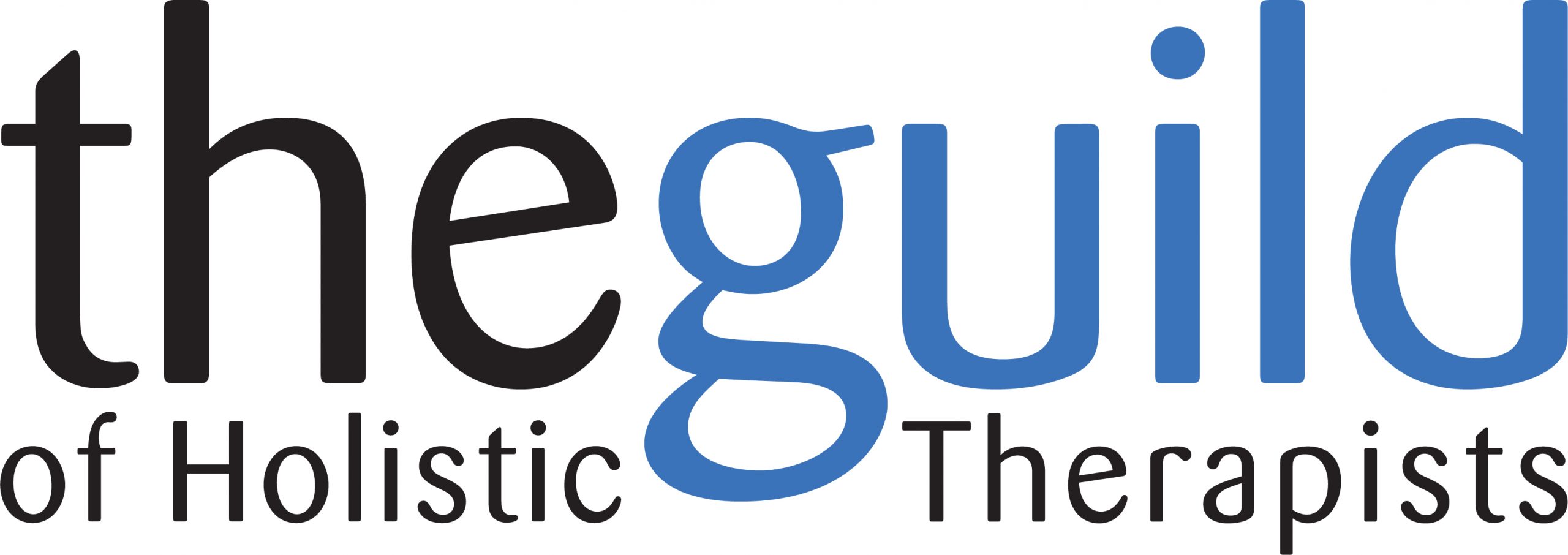Bell’s Palsy
Each year in the UK, around 1 in 5,000 people develop Bell’s palsy, which is characterised by unilateral facial weakness of rapid onset (Rowlands 2002,Holland 2004). The condition can develop at any age, but seems to be most common in those aged between 15 and 60 years (Peitersen 1982).
In about 71% of patients, it resolves spontaneously without treatment, but 13% are left with slight facial weakness and 16% with moderate to severe weakness that results in major facial dysfunction and disfigurement (Peitersen 1982, Peitersen 2002, Ikeda 2005). Bell’s palsy is due to inflammation of the facial nerve in the internal auditory canal, but the cause of the inflammation is unknown (Adour 1972, Gacek 2002). The condition results in an isolated unilateral lower motor neurone palsy, with impairment of all facial movements on the affected side, including blinking. Conventional medical treatment includes eye protection, drugs (i.e. corticosteroids, antivirals), surgery and physiotherapy.
How acupuncture can help
Clinical trials suggest that acupuncture is at least as effective as corticosteroids and may improve recovery in patients with Bell’s palsy, either used alone or in combination with drug treatment (Tong 2009; Li 2004).
Acupuncture may help in the treatment of Bell’s palsy by:
- reducing inflammation, by promoting release of vascular and immunomodulatory factors (Kim 2008, Kavoussi 2007, Zijstra 2003);
- enhancing local microcirculation, by increasing the diameter and blood flow velocity of peripheral arterioles (Komori 2009);
- nerve and muscular stimulation (Cheng 2009).







